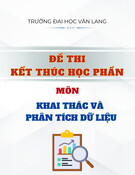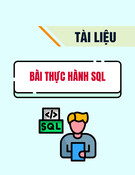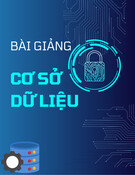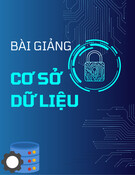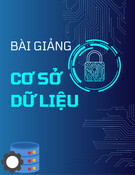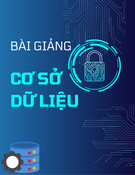
Program testing
£Testing is intended
pto show that a program does what it is intended to do and
pto discover program defects before it is put into use.
£When you test software, you execute a program using
artificial data.
£You check the results of the test run for errors,
anomalies or information about the program's non-
functional attributes.
£Can reveal the presence of errors NOT their absence.
£Testing is part of amore general verification and
validation process, which also includes static validation
techniques.
4
CuuDuongThanCong.com https://fb.com/tailieudientucntt

Program testing goals
To demonstrate to the developer and the customer that the
software meets its requirements.
To discover situations in which the behavior of the software
is incorrect, undesirable or does not conform to its
specification.
5
Validation
testing
Defect
testing
CuuDuongThanCong.com https://fb.com/tailieudientucntt














